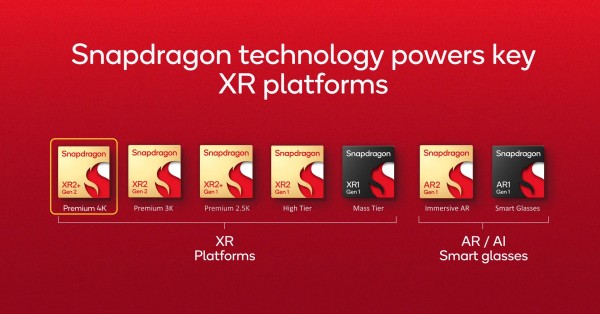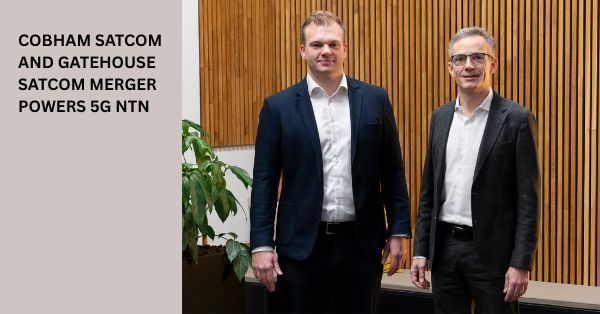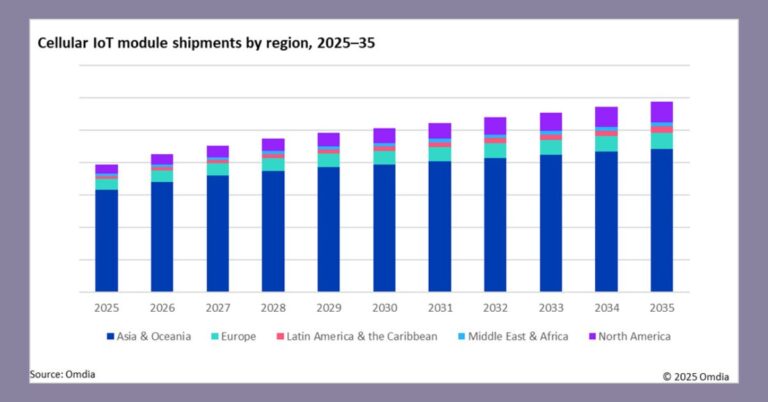Qualcomm has launched a new chapter in spatial computing with its inaugural Snapdragon XR Day in New Delhi. The event, focused on advancing Augmented Reality (AR), Virtual Reality (VR), and mixed reality, spotlighted the company’s ambitious push into AI-powered smart glasses—a product it believes could soon become as common as smartphones.
With partnerships already in motion and over 100 XR devices running on its platforms globally, Qualcomm is positioning itself at the forefront of immersive technology in India.
Snapdragon XR Day Highlights: From Tech Demos to Developer Engagement
The New Delhi event brought together developers and hardware partners to explore real-world applications of Qualcomm’s Snapdragon XR platforms. From fitness and education to entertainment and remote collaboration, the showcased XR tools demonstrated how spatial computing could blend into everyday life.
One standout innovation was a pair of AI-enabled smart glasses that support natural language and visual interactions. These glasses, powered by local and cloud-based small language models (SLMs), mark a move toward more intuitive, on-the-go computing.
Lenskart and Qualcomm Partner to Build Smart Glasses for India
As part of its local strategy, Qualcomm announced a collaboration with Lenskart to design and launch lightweight AI-driven smart glasses for the Indian market. These glasses aim to deliver a sleek look with embedded intelligence, offering voice-guided assistance, visual search, and contextual notifications—all in real time.
According to Savi Soin, Senior Vice President and President of Qualcomm India, the goal is to make smart glasses “as integral to daily life as smartphones.” He emphasized how this aligns with India’s Viksit Bharat vision by empowering frontline workers, enhancing digital education in underserved regions, and enabling greater digital inclusivity.
Over 100 Devices Already Run on Snapdragon XR Platforms
During the event, Alex Katouzian, Group GM of Compute, Mobile, and XR at Qualcomm Technologies, shared updates on the progress of Snapdragon XR. He highlighted that the platform already powers more than 100 XR devices globally, reinforcing its versatility across AR, VR, and Mixed Reality (MR) use cases.
Katouzian also demonstrated how Qualcomm’s AI ecosystem integrates with smart glasses using both cloud-based and on-device AI models. This hybrid approach ensures better responsiveness and personalization while reducing dependency on constant internet connectivity—a crucial factor for India’s diverse geography.
Smart Glasses: The New Everyday Computing Device
The future Qualcomm envisions goes beyond novelty. With the maturity of AI and XR hardware, smart glasses are evolving into practical computing platforms. They aim to assist with everyday tasks—checking messages, receiving directions, managing schedules—without pulling out a smartphone.
Moreover, the Snapdragon XR platform supports lightweight form factors without compromising performance. This is vital for prolonged use and real-world comfort, making the devices suitable not only for tech enthusiasts but also for everyday users, educators, and frontline personnel.
India Positioned to Lead in Immersive Tech Adoption
India is emerging as a key player in the immersive tech race. With a large base of mobile-first users and increasing interest in digital transformation, the country offers a fertile ground for AI-powered spatial computing. Qualcomm’s local strategy, including ecosystem development and strategic partnerships, is tailored to leverage this momentum.
“India is leading a transformative shift in how reality is experienced,” said Soin. He added that Qualcomm’s technologies are well-positioned to redefine accessibility, education, and productivity through seamless AR integration.
Smart Glasses Will Go Mainstream—But Challenges Remain
While Qualcomm’s ambitions are clear, widespread adoption of smart glasses will require addressing practical hurdles, battery life, pricing, content ecosystem, and privacy concerns. However, Qualcomm’s existing leadership in 5G and Edge/MEC infrastructure could play a crucial role in solving these issues over time.
The combination of XR and AI at the edge can offer faster, more personalized experiences with reduced latency and data offloading—critical for real-time interactions on wearables.
Conclusion: Qualcomm Bets Big on XR and AI in India
Qualcomm’s Snapdragon XR Day made one thing clear—the company is all-in on smart glasses and spatial computing. Its partnership with Lenskart and continued investment in AI-powered wearables reflect a strong commitment to India’s digital evolution.
As these glasses become more refined and accessible, we may see them shift from niche gadgets to everyday tools—reshaping how Indians interact with technology in classrooms, homes, and workplaces.
By combining its AI capabilities with powerful XR hardware, Qualcomm is not just betting on a trend, it’s helping define the next generation of personal computing in India.







































